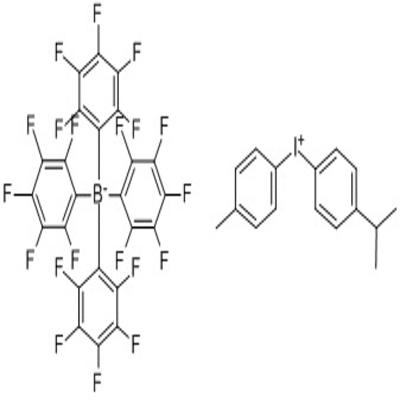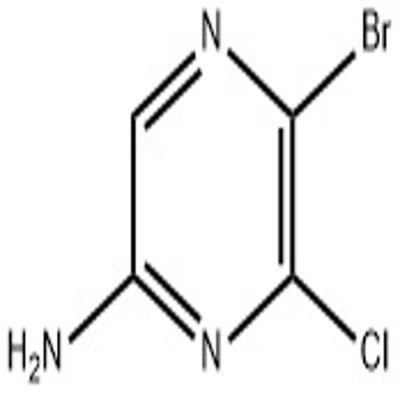-
Categories
-
Pharmaceutical Intermediates
-
Active Pharmaceutical Ingredients
-
Food Additives
- Industrial Coatings
- Agrochemicals
- Dyes and Pigments
- Surfactant
- Flavors and Fragrances
- Chemical Reagents
- Catalyst and Auxiliary
- Natural Products
- Inorganic Chemistry
-
Organic Chemistry
-
Biochemical Engineering
- Analytical Chemistry
- Cosmetic Ingredient
-
Pharmaceutical Intermediates
Promotion
ECHEMI Mall
Wholesale
Weekly Price
Exhibition
News
-
Trade Service
The safety of 2-(2-Chloro-5-iodine benzyl)-5-(3-(6-fluoro-pyridyl)) thiophene, also known as Iodine-131, is a critical issue in the chemical industry.
This radioactive isotope is commonly used in medical imaging and cancer treatment, as well as in industrial applications such as radiation sterilization and the production of electrical power.
However, the use and handling of Iodine-131 require strict safety protocols to prevent exposure to ionizing radiation, which can have harmful effects on human health.
The dangers of Iodine-131 are well-documented.
It is a potent beta and gamma radiation emitter, with a half-life of 8.
02 days, meaning that it takes 8.
02 days for the amount of radiation to decrease by half.
This makes it a relatively short-lived isotope, but its potency and ease of handling make it a popular choice for various industrial and medical applications.
However, the use of Iodine-131 has been associated with a number of accidents and incidents throughout its history.
One of the most infamous incidents occurred in 1979 at the Three Mile Island nuclear power plant in Pennsylvania, where a partial meltdown resulted in the release of small amounts of radioactive material, including Iodine-131, into the environment.
The incident led to widespread public concern about the safety of nuclear power plants and the use of radioactive materials.
Another incident occurred in 1987 at the Chernobyl nuclear power plant in Ukraine, where a reactor explosion resulted in a much larger release of radioactive material, including Iodine-131, into the environment.
The incident led to widespread contamination of the surrounding area, and forced the evacuation of thousands of people.
The use and handling of Iodine-131 require strict safety protocols to prevent exposure to ionizing radiation.
This includes the use of protective gear such as gloves, masks, and aprons, as well as the implementation of rigorous safety procedures during handling and transport.
However, despite these measures, accidents and incidents can still occur.
Moreover, the use and disposal of radioactive materials like Iodine-131 can have long-lasting environmental and health impacts.
The release of radioactive materials into the environment can lead to contamination of soil, water, and air, which can have harmful effects on living organisms, including humans.
Overall, while the use of Iodine-131 in medical and industrial applications can bring significant benefits, it is essential that strict safety protocols are in place to prevent exposure to ionizing radiation.
Furthermore, the development of new, safer alternatives to radioactive materials should be a priority for the chemical industry.
With proper safety measures and the development of safer technologies, the risks associated with Iodine-131 and other radioactive materials can be minimized, ensuring the safety of workers and the environment.







